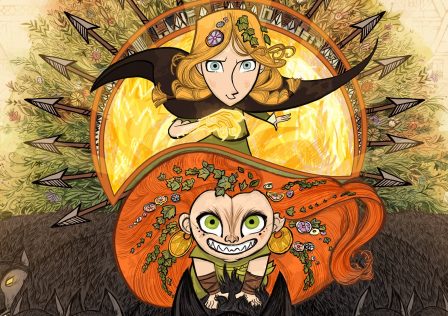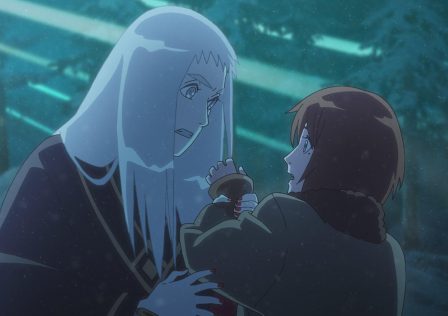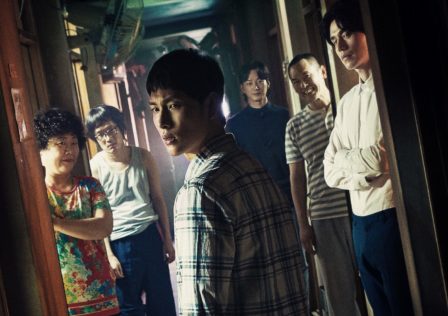“You can’t teach this old toy new tricks,” Woody says at one point in Toy Story 4. Turns out you can.
The filmmakers at Pixar didn’t make Woody jump higher, or have Buzz Lightyear learn subtlety. They certainly didn’t make the toys break their universal rule and reveal their sentience through a globally-broadcast press conference (that would’ve made for an interesting movie though. Pixar, my screenplay is ready).
The new trick here is to make the toys face the existential question of purpose and happiness. All the while maintaining the framework of a Toy Story movie, of course.
For those who haven’t caught it, don’t worry – Toy Story 4 will thrill and delight and perhaps wrest out a teardrop or two. I won’t say that it has the emotional punch of Toy Story 3, but it’s a lot more contemplative. Or, at the very least, it made me leave the theatre both entertained and ponderous. A mark of a great film, in my book.
The best thing about it, however, it how it takes the franchise’s central themes and casts them under new, differently-tinted lights.
To spoilers, and beyond!
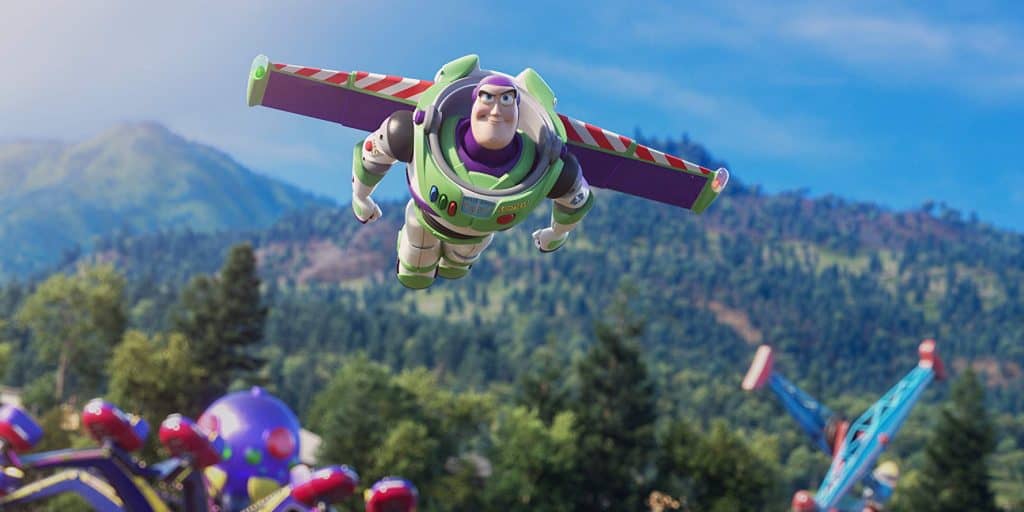
Existential crises has always been the core of the Toy Story movies. Each of them has always challenged Woody into figuring out his place in the world. His world has always revolved around Andy, but as we learned in the end of Toy Story 3, that world is coming to an end. Woody, along with the rest of Andy’s toys, are given to another imaginative young girl, Bonnie.
Toy Story 4 begins with a flashback — the night Woody (Tom Hanks) is separated from his beau Bo Peep (Annie Potts), who was given away much earlier. As it turns out, Woody passed on a chance to follow his beloved out of loyalty to Andy.
Years passed. Woody, now Bonnie’s toy is facing a new set of concerns. He’s not the little girl’s favourite toy — and his irrelevance to his owner is making him restless. This manifests in his increasing protectiveness towards Bonnie. For one, Woody starts interfering with her school life. Two, he immediately charges himself with the care and protection of Forky (Tony Hale), a toy Bonnie created in school using trash.
Forky proves troublesome, largely because he desperately wants to belong with garbage. Bonnie thoroughly loves Forky, though, so it takes Woody more than he can muster to keep the quasi-cutlery from committing toy suicide.
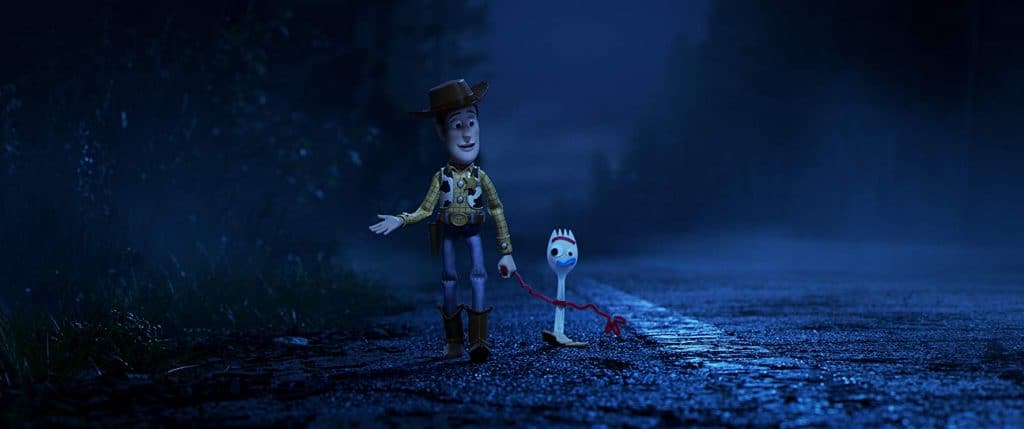
During a road trip (and after a hilarious montage of Forky-led shenanigans), Forky is captured by Gabby Gabby (Christina Hendricks), a doll who reigns over an antique store with her puppet henchmen and wants Woody’s functioning voice box for herself. But as luck would have it, Woody is reunited with Bo Peep, who lives a free and fulfilling life as an ownerless “lost toy”. Together, they stage a daring rescue, but not without the help of newly-introduced toys Duke Kaboom (Keanu Reeves) and carnival prize toys Ducky and Bunny (Keegan-Michael Key and Jordan Peele, respectively).
It ends on a bittersweet note. Gabby Gabby finds a child, and Woody finds himself leaving his friends (and Bonnie) to stay with Bo Peep. Jessie inherits Woody’s sheriff badge. He and Buzz say one of the hardest farewells in movie history. The end.
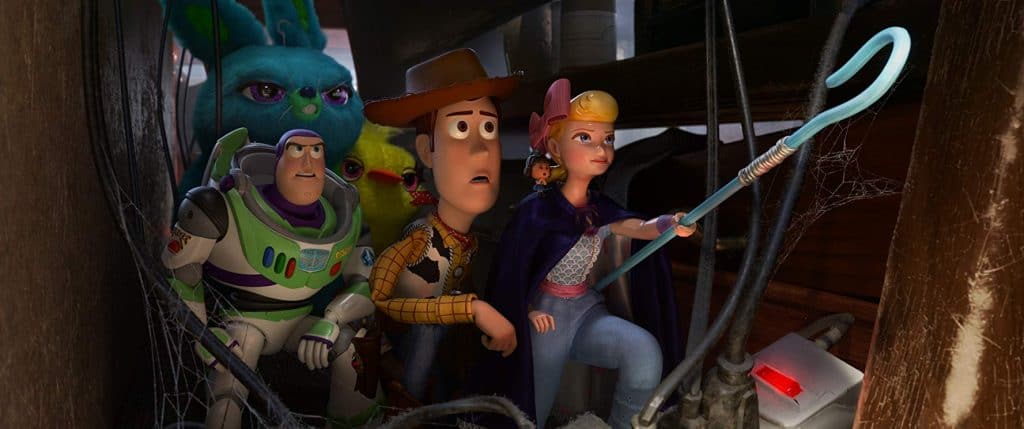
Woody, and a number of the (many) central characters of the movie, deal with the question of purpose and happiness. Can a toy have another purpose, if not to be played with? And, as we’ve learned in the entire franchise to date, isn’t being played with the ultimate happiness for a toy? “Being there for a child is the most noble thing a toy can do,” as Woody tells it.
The characters Woody meets exists to challenge that preconception. Forky, for one, is content being in the trash. That’s his purpose, see. As a single-use utensil, his predetermined life has been set. Woody’s persistent rescue attempts feels more like he’s trying to prolong his own obsolescence (“Useless. Like your purpose has been filled,” Forky says, unintentionally hitting the bull’s eye).
Bo Peep and Gabby Gabby similarly form contesting viewpoints. Through Bo Peep, Woody learns that there’s the possibility of life without an owner. The lost toys found happiness in their own ways – they still get played, albeit in a more community sense, even if the lack of an owner can still hurt (Bo Peep gets visibly wistful when Woody mentions Andy). For Gabby Gabby, who was never played with due to being “born” broken (her voice box doesn’t function), ultimate happiness can be a short playtime.
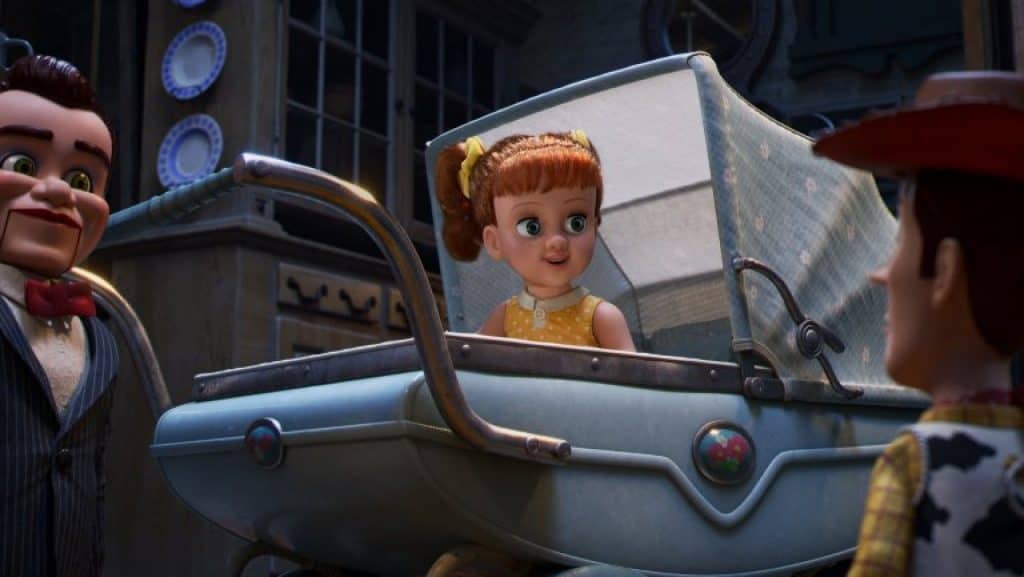
Toy Story 4 rounds up a three-part collection of Pixar movies that somehow deals with obsolescence – the other two being Cars 3 and The Incredibles 2 (all of them sequels. Go figure). In Cars 3, Lightning McQueen faces the unknowing prospect of life as an aging athlete, while The Incredibles 2 asks if superheroes are even relevant anymore.
In those two films, the main characters find answers that come about more naturally. For Lightning McQueen, salvation is in the form of being a mentor – accepting a natural progress in an athlete’s cycle. For the Incredibles family, by sticking with the path of doing good, society will inevitably be accepting.
The best thing about Toy Story 4 is that the answer is a lot more nuanced. Happiness can be found in your purpose – for Gabby Gabby, and for a lot of the other toys, being with a child is valid. It’s also valid to find happiness elsewhere, especially when your purpose has changed. Forky eventually learns that he, too, can embrace a new life as a toy. And as for Woody, his purpose with Bonnie has ended. It’s time he finds happiness in other hands. The movie doesn’t treat any of those answers wrong. Like all of us, the toys need to figure out what happiness is for them. Sometimes, the answer lies beyond what you think your purpose is.
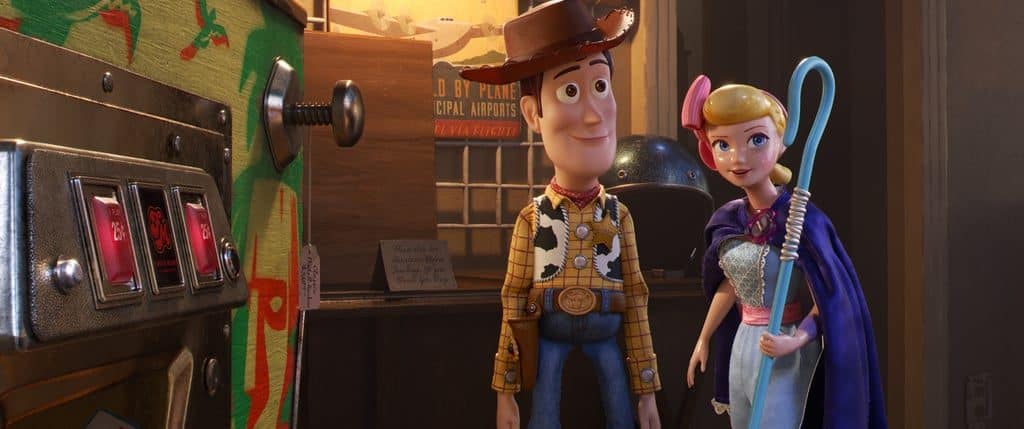
Toy Story 4 concludes in a melancholy air, but I feel that it’s also the happiest ending for Woody. Being a lost toy in a carnival allows Woody to do what he does best: helping other toys. Most characters may say that Woody’s greatest strength is his loyalty, but kindness comes in at a close second. Throughout the entire franchise, we see the cloth-made cowboy constantly risk and sacrifice himself for the sake of others.
As the movie ends, we see that the lost toys make it a mission to help the other carnival toys find owners. And that’s just as noble a thing any toy can do.
Also published on Medium.

makes it a life goal to annoy everyone with random Disney trivia. When he’s not staring at a screen or holding a controller of some sort, he is thinking about curry noodles. Like right now.

